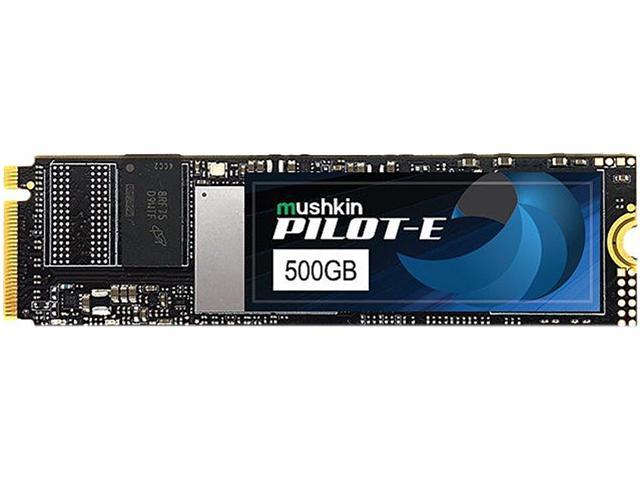Published by the American Geophysical Union as part of the Geophysical Monograph Series, Volume 195.
Monitoring and Modeling the Deepwater Horizon Oil Spill: A Record-Breaking Enterprise presents an overview of some of the significant work that was conducted in immediate response to the oil spill in the Gulf of Mexico in 2010. It includes studies of in situ and remotely sensed observations and laboratory and numerical model studies on the four-dimensional oceanographic conditions in the gulf and their influence on the distribution and fate of the discharged oil. Highlights of the book include discussions of the following: immediate responses to the Deepwater Horizon oil spill using Integrated Ocean Observing System resources; monitoring the surface and subsurface oil using satellites, aircraft, vessels, and AUVs; mapping the oceanographic conditions using satellites, aircraft, vessels, drifters, and moorings; modeling the spreading of surface oil trajectories and the three-dimensional dispersal of subsurface hydrocarbon plumes; oil spill risk analyses and statistical studies on the fate of the oil; and laboratory investigation of ocean stratification related to subsurface plumes. This book will be of value to scientists interested in the Deepwater Horizon oil spill, the Gulf of Mexico, and the potential for conveyance of oil spilled in the Gulf of Mexico to the North Atlantic. A more technical audience may include those interested in oil spill detection, trajectory model forecasting, and risk analyses and those with an interest in applied oceanography, including scientists, engineers, environmentalists, natural and living marine resource managers and students within academic institutions, agencies, and industries who are involved with the Gulf of Mexico and other regions with offshore oil and gas exploration and production.

104.3 CAD
107.5 CAD
Buy Now













